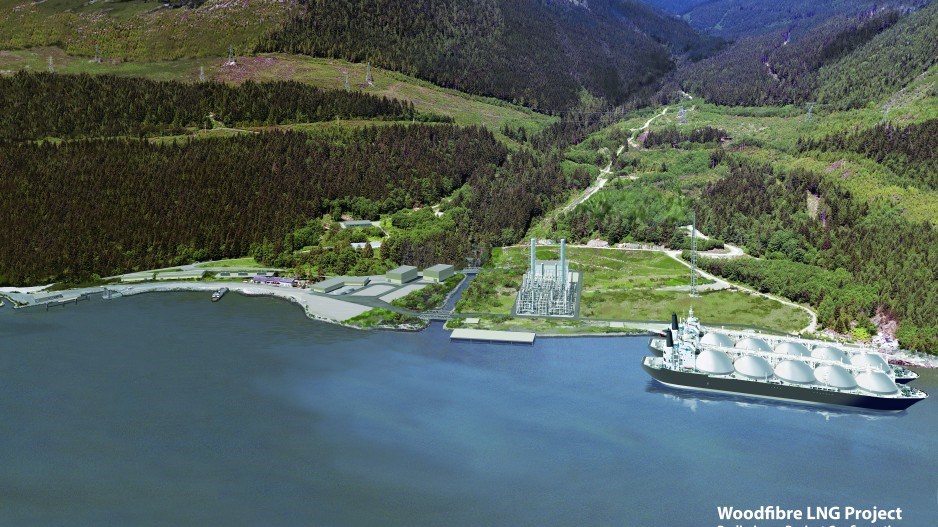The Squamish First Nation has given the green light to the $1.7 billion Woodfibre LNG project in the form of a Squamish environmental certificate.
Squamish council has issued an environmental certificate to Woodfibre LNG, but has yet to give one to FortisBC, which would build the pipeline infrastructure needed to supply the plant with gas.
However, both FortisBC and Woodfibre have agreed to all 25 conditions that the Squamish have set out for approving the project.
“We will be coming back to council with recommendations, if Fortis is able to meet all the conditions that are pertaining to the pipeline,” Chief Ian Campbell told Business in Vancouver.
Campbell said the certificate only needs the council’s approval, and did not need a vote by the entire community.
“Because the project is off reserve – within the traditional territory of the Squamish – it doesn’t require a referendum by the people, as opposed to if it was an on reserve project,” Campbell said.
As for provincial regulatory processes, the Woodfibre LNG plant itself has passed a BC Environmental Assessment Office review and is now awaiting cabinet approval, while the FortisBC pipeline environmental assessment is still underway.
The Squamish First Nation’s approval of the LNG project comes at a time when 6,000 Squamish and Howe Sound residents recently signed a petition against it. The District of Squamish council is also generally opposed to the project.
One of the 25 conditions set out by the Squamish First Nation is a benefits agreement with the Squamish, which has yet to be negotiated.
Campbell said the environmental certificate doesn’t necessarily mean the Squamish are fully in support of the project, but said the council felt the agreement is the best way to have some control over the industrial activity occurring in their traditional territory.
“Many of the councilors and the memberships, they still don’t fully support LNG as an industry,” Campbell said. “But we wanted to ensure that we have the proper mechanisms and in place to allow the Squamish to have decision making as well as environmental stewardship.”
The agreement is legally binding and includes legal mechanisms to ensure the project adheres to the conditions set out.
It gives the Squamish “significant decision-making powers” including a say on the choice of cooling technology and management plans.
[email protected]




